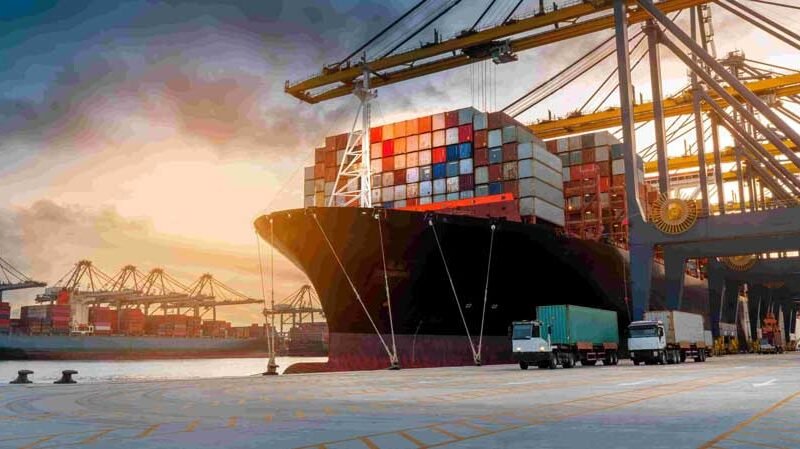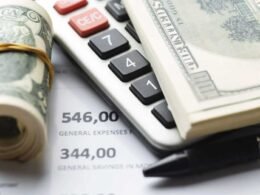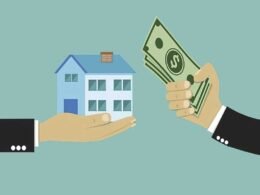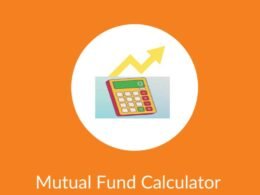Every business, regardless of size or industry, eventually needs to invest in equipment—whether it’s manufacturing machinery, commercial vehicles, computers, or specialized tools. For many, purchasing equipment outright can be financially burdensome. That’s where financing for equipment becomes a strategic option. By spreading out payments over time, businesses can preserve cash flow while gaining access to the tools they need to operate efficiently.
But like any financial decision, equipment financing involves multiple variables that can influence your business’s bottom line. Here are the key factors every business owner should consider when evaluating equipment financing options.
-
Understanding Equipment Financing Basics
Before diving into the details, it’s important to understand equipment financing. Typically, this involves taking out a loan or lease to acquire physical assets for your business. The equipment itself often serves as collateral, which can make this type of financing more accessible than unsecured loans.
There are two primary types of equipment financing:
- Equipment Loans: You own the equipment after making all payments.
- Equipment Leases: You pay to use the equipment for a period, with the option to purchase it at the end of the term.
Each has its pros and cons, which we’ll explore in more detail below.
-
Total Cost of Ownership
When considering financing for equipment, you need to go beyond the sticker price. Calculate the total cost of ownership, which includes:
- Interest or lease payments
- Maintenance and repair costs
- Insurance
- Storage and transportation
- Operating costs (e.g., fuel or electricity)
A piece of equipment may seem affordable at first glance, but hidden costs can add up quickly. Be sure to factor these into your budget to avoid surprises.
-
Lease vs. Loan: What’s Right for You?
One of the biggest decisions in equipment financing is choosing between leasing and buying. Here’s how they compare:
Leasing
- Pros:
- Lower upfront costs
- Easier to upgrade equipment
- May offer tax advantages (e.g., lease payments may be deductible)
- Cons:
- No ownership unless you buy at lease-end
- May be more expensive long-term
Buying (with a loan)
- Pros:
- You own the asset
- Equipment can be depreciated for tax benefits
- Useful for long-term assets
- Cons:
- Higher initial costs
- Maintenance and obsolescence are your responsibility
Your decision should be guided by how long you plan to use the equipment and how quickly it may become outdated.
-
Interest Rates and Terms
Interest rates can significantly affect the cost of your financing. These rates are influenced by:
- Creditworthiness
- Lender policies
- Market conditions
- Term length
A shorter loan term may have higher monthly payments but lower overall interest. Conversely, a longer term can offer lower payments but increase total costs. Compare offers from multiple lenders and use an amortization calculator to assess long-term impacts.
-
Your Credit Profile
Your business’s (and sometimes your personal) credit score will heavily influence your eligibility for financing and the rates offered. Strong credit can unlock favorable terms, while weaker credit may limit your options or increase your costs.
If your credit is less than ideal, you may want to consider:
- Secured financing
- Vendor financing programs
- Improving your credit score before applying
Building a strong financial profile helps your business access more competitive financing options in the long run.
-
Lender Reputation and Flexibility
Not all lenders are created equal. It’s important to assess:
- Customer service and support
- Flexibility with repayment terms
- Transparency in fees
- Online reviews or testimonials
- Experience in your industry
Choosing a lender who understands your specific needs can simplify the application process and improve your experience throughout the financing.
-
Impact on Cash Flow
One of the primary benefits of financing for equipment is the ability to preserve cash flow. However, you still need to ensure that monthly payments won’t strain your budget.
Consider building a forecast that includes:
- Monthly financing payments
- Expected revenue from using the equipment
- Operating costs
- Seasonal fluctuations in cash flow
This will help you determine if the equipment will pay for itself in added productivity or revenue over time.
-
Tax Implications
Both leasing and buying equipment come with tax benefits, but they differ:
- Section 179 Deduction(U.S.): Allows businesses to deduct the full purchase price of qualifying equipment bought or financed during the tax year.
- Bonus Depreciation: Additional deduction for certain types of equipment.
- Lease Deductions: Monthly lease payments may be deductible as business expenses.
Consult your tax advisor to understand which option maximizes your tax savings.
-
Equipment Lifespan and Obsolescence
Before committing to a financing plan, assess how long the equipment will remain valuable:
- Will new technology make it obsolete soon?
- Can it be easily upgraded?
- Will it hold resale value?
Leasing might make more sense for rapidly evolving industries, while buying equipment with a long usable life may be the better investment.
-
End-of-Term Options
If you choose to lease equipment, review the end-of-term options carefully. These may include:
- Purchasing the equipment at fair market value or a predetermined price
- Renewing the lease
- Returning the equipment
Some leases automatically renew unless you provide written notice, so it’s essential to read the fine print.
-
Hidden Fees and Penalties
Watch out for:
- Origination fees
- Late payment penalties
- Early repayment charges
- Maintenance or insurance requirements
Request a full breakdown of all potential fees and ensure you understand the contract terms before signing.
-
Future Business Needs
Finally, think strategically about how the equipment fits into your broader business goals:
- Will it help you scale?
- Can it open new revenue streams?
- Will it improve efficiency or quality?
Financing for equipment should be aligned with your business strategy, not just a reaction to a short-term need.
Conclusion
Equipment financing is a powerful tool that allows businesses to grow without depleting vital cash reserves. But it requires careful consideration of multiple factors, from interest rates and lender reputation to tax implications and equipment lifespan.
By evaluating your options and understanding the full financial impact, you can make an informed decision that supports your long-term success. Whether you’re a startup looking for your first piece of machinery or an established company planning a major upgrade, the right financing strategy can set the foundation for profitable growth.










